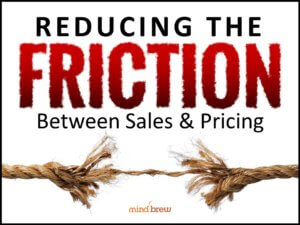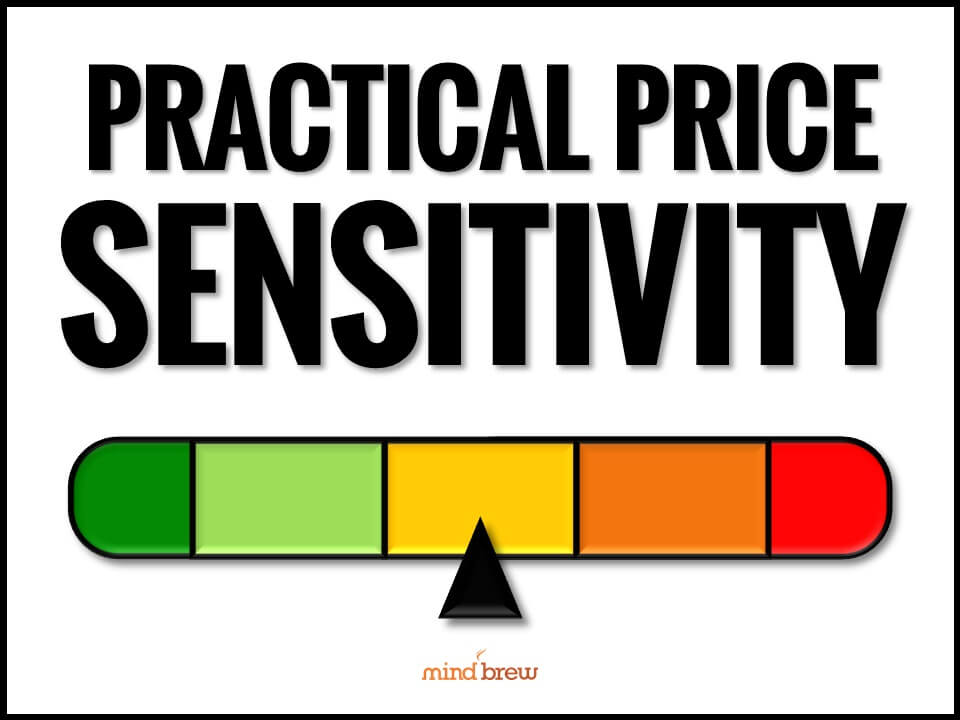In World War I, Winston Churchill, then First Lord of the Admiralty, hatched what he believed was a brilliant plan. He would send naval forces to capture the Dardanelles Strait in modern-day Turkey. That would open up a path to Istanbul, knock the Ottoman Empire out of the war, flank the Germans, and open up a new route to attack the Russians.
The Gallipolli campaign, as this strategy was known, was bold and ambitious.
It was also a failure.
Almost everything that could go wrong with the offensive did go wrong. The forces from different countries didn’t coordinate well, and the naval and amphibious troops didn’t sync up correctly. Troops landed in the wrong locations. Delays gave the Ottomans time to reinforce. Intelligence underestimated the nature of the terrain and the strength of enemy defenses. Commanders behaved timidly and sent too few troops to carry out the battle plan effectively.
In short, the strategy didn’t work, not because it was a bad strategy, but because it was badly executed. Poor leadership, miscommunication, and competing interests led to stalemate and an eventual withdrawal by the Allied Powers.
The same thing can happen in pricing.
A well-crafted pricing strategy can look perfect on paper, but if sales, finance, marketing, and leadership aren’t aligned, it will fail before it even gets a chance to succeed. And the worst part? This failure doesn’t happen in an obvious way—it happens silently, in the background, eroding pricing effectiveness over time.
How misalignment can silently destroy pricing
Disastrous pricing misalignment can take a lot of different forms. Here are four we see often:
- Sales and Pricing Speak Different Languages: Pricing teams craft excellent price strategies and structures, based on data and math. But sales trusts their gut. They revert to old habits like discounting because they believe it’s necessary. In the process, they undercut value and erode margins.
- Leadership Wants Margin, Sales Wants Volume, Finance Wants Predictability: Often every department has a different priority, leading them to pull in different directions. And the pricing team is stuck in the middle with no clear path forward. In the end, none of the teams get what they want.
- Marketing Sells the Dream, Pricing Has to Make It Real: To attract as many customers as possible, marketing creates broad, aspirational messaging. But if marketing overpromises or focuses too much on general benefits, it can make pricing seem arbitrary. As a result, customers push back and the sales team struggles to defend pricing.
- No One Owns Pricing Execution: Pricing sets the strategy, but who ensures it’s followed? If no one takes ownership, execution is left to chance. And that inevitably means pricing guidelines get ignored, approval processes become inconsistent, and pricing discipline disappears.
Becoming more aligned
So what’s the solution?
In a nutshell, the pricing team has to become more collaborative. You absolutely must find a way to work together with the other groups in your organization.
And that’s not easy.
People who choose to become pricing professionals are often much more comfortable with numbers than with people. Trying to exert influence in the large organization can make you feel very vulnerable. It seems so much easier just to focus on your own narrow concerns.
But if you want your pricing strategies to succeed, you’ve got to widen your perspective, develop some soft skills, and exert some leadership.
Here at PricingBrew, we are so convinced of the necessity of getting aligned with the rest of your organization, that we’ve created a host of webinars on the topic:
- Aligning Pricing to Business Strategy
- Reducing the Friction Between Sales & Marketing
- Cross-Functional Pricing
- Working With Product Management to Improve Pricing
- Breaking Out of Your Pricing Box
If your team has suffered setbacks as a result of misalignment, we encourage you to try out some of the advice from these webinars. And perhaps even more importantly, we urge you to learn from the example of Winston Churchill.
After the Gallipoli Campaign, Churchill was demoted. He more or less disappeared from public life until the world needed his services to defeat Hitler during World War II. While some detractors continued to criticize him, saying, “the ghosts of Gallipoli will always rise up to damn him anew,” Churchill learned from the experience of failure. When he became prime minister in 1940, he wrote, “All my past life had been a preparation for this hour and for this trial.”
In a similar way, any past missteps by your team can help you improve the execution of your strategies in the future.


















